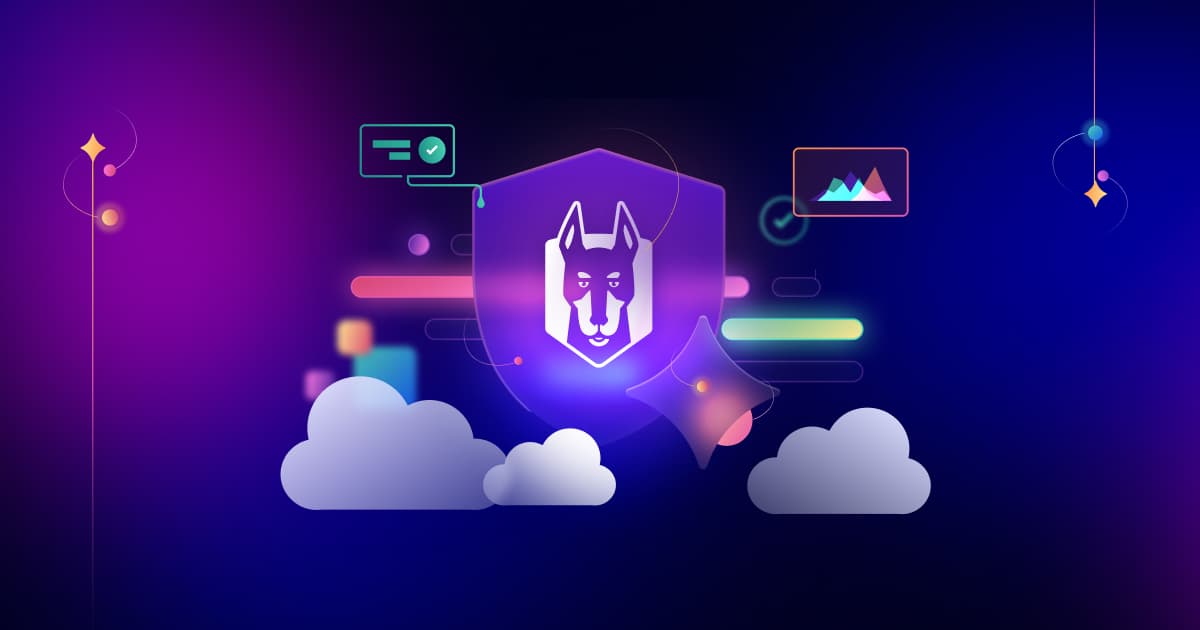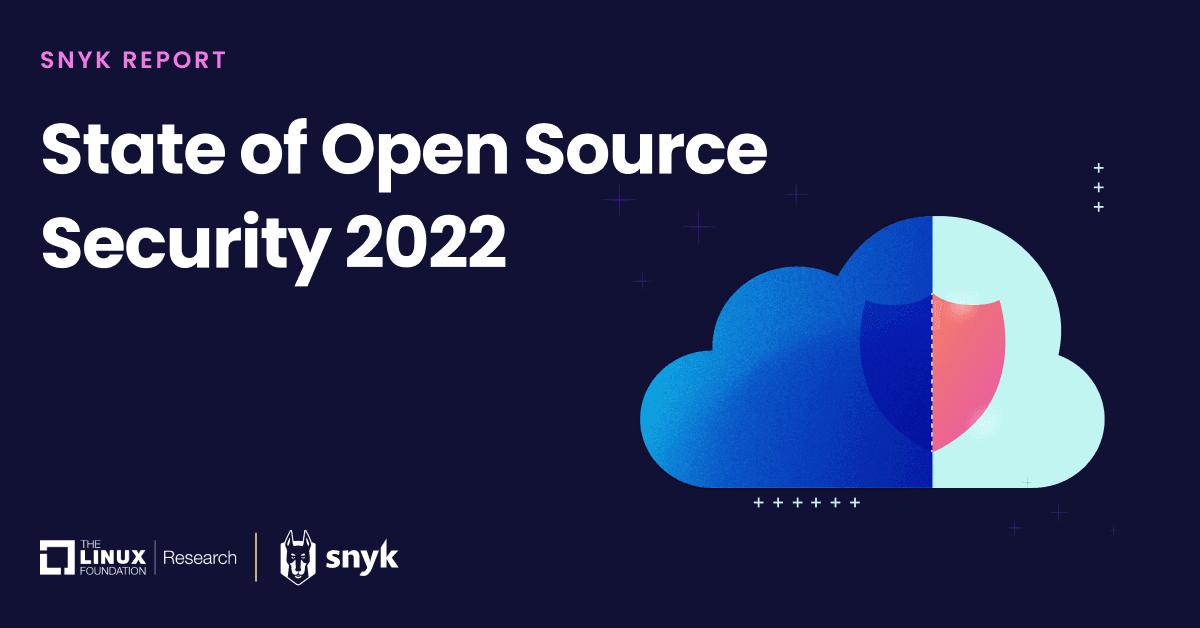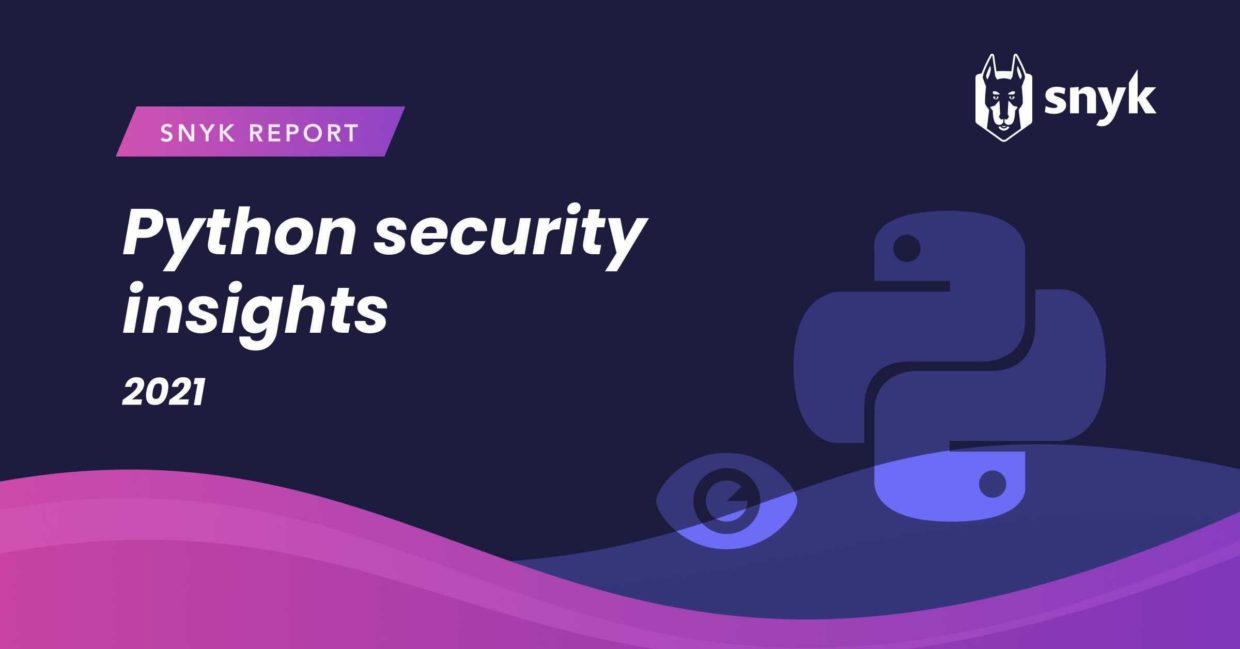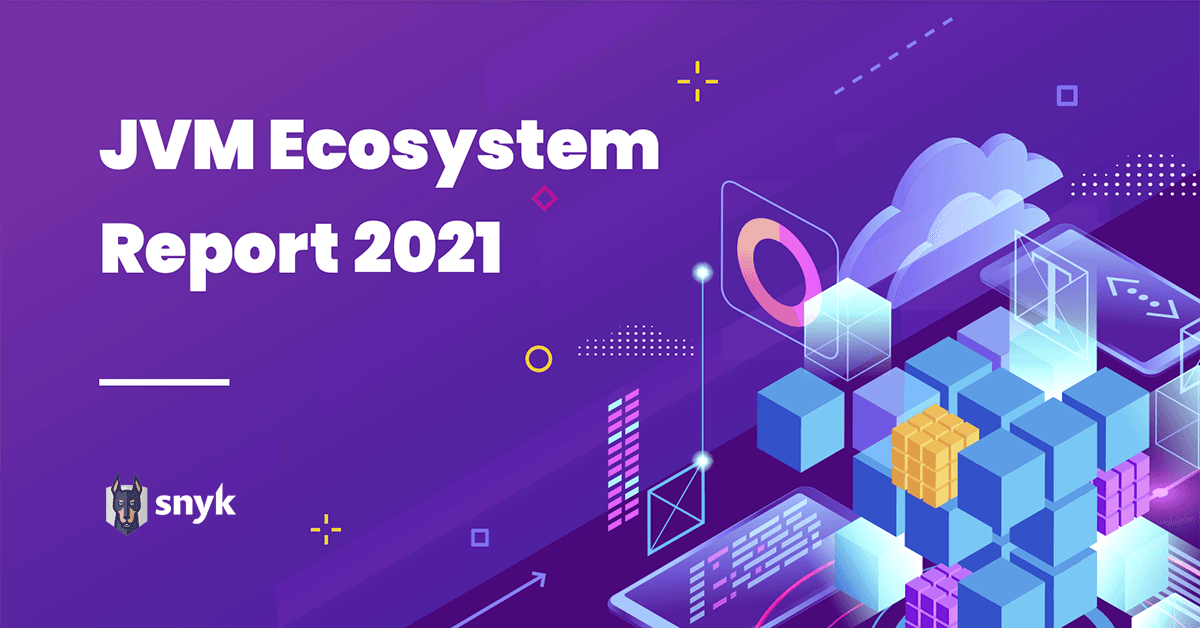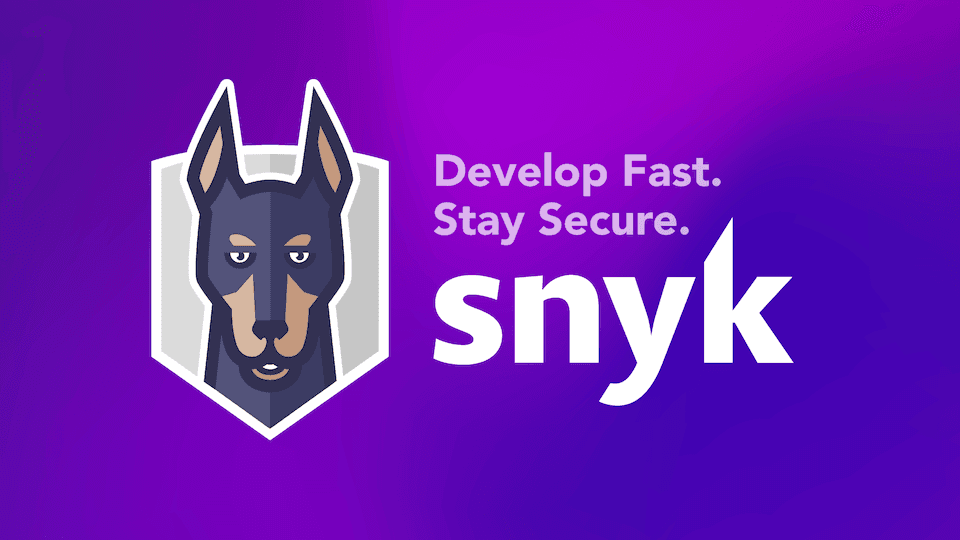Snyk Reports
A collection of reports from experts at Snyk giving detailed insights into different areas of security, including Open Source, Cloud Native, IaC and more.
Curious how Snyk can help?
Snyk is a developer-first platform for building software securely. Learn more about how Snyk can help you secure cloud native applications across your IDEs, repos, containers, and pipelines.

